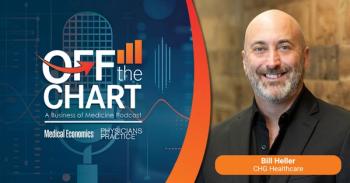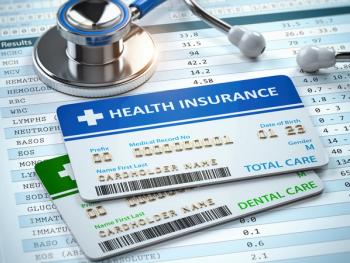
|Slideshows|September 12, 2019
Survey results: How much school debt do physicians have?
Author(s)Chris Mazzolini
Many physicians are dealing with massive student loans from medical school, according to a poll of Medical Economics readers.
Advertisement
A 2018 Medical Economics poll of doctors of all ages showed that 66 percent were more than $90,000 in debt upon graduating medical school, and 30 percent had more than $200,000 in debt.See the full results of the survey below.
Newsletter
Stay informed and empowered with Medical Economics enewsletter, delivering expert insights, financial strategies, practice management tips and technology trends — tailored for today’s physicians.
Advertisement
Latest CME
Advertisement
Advertisement
Trending on Medical Economics
1
SleepRes wins FDA clearance for new sleep apnea device
2
$100M Adderall scheme; Senators warn of emerging nitazene threat; consumers tire of TV drug ads – Morning Medical Update
3
Why patients with employer-sponsored insurance may struggle to afford it
4
Practice management software: What actually matters
5








